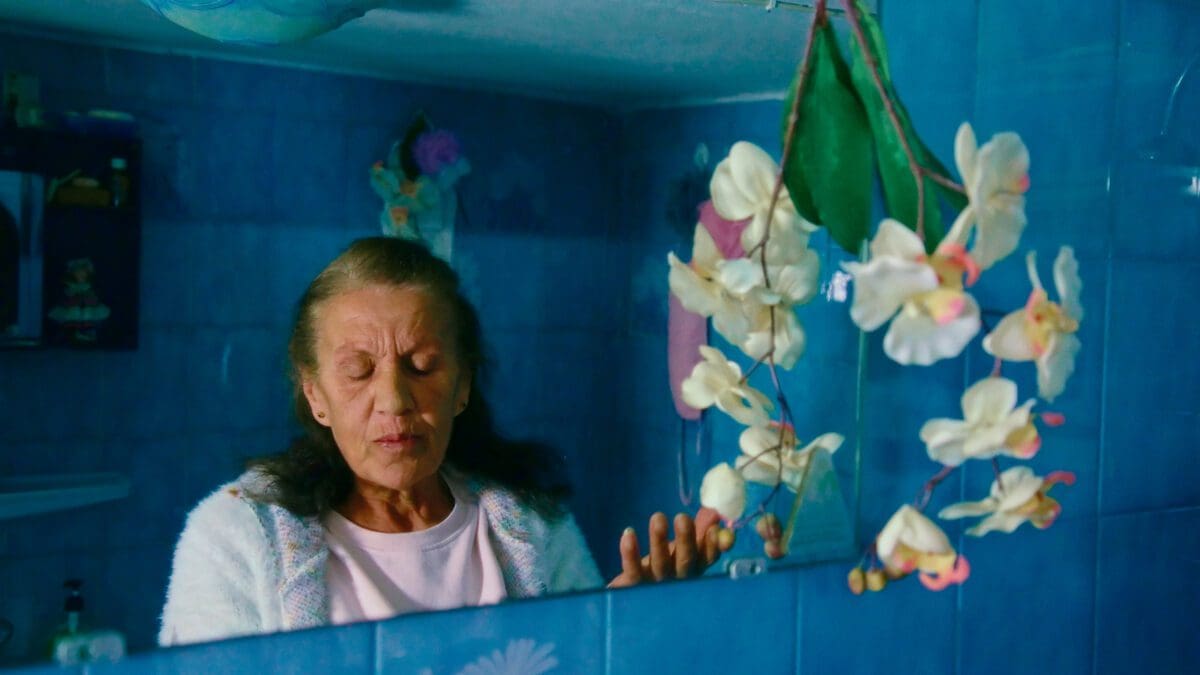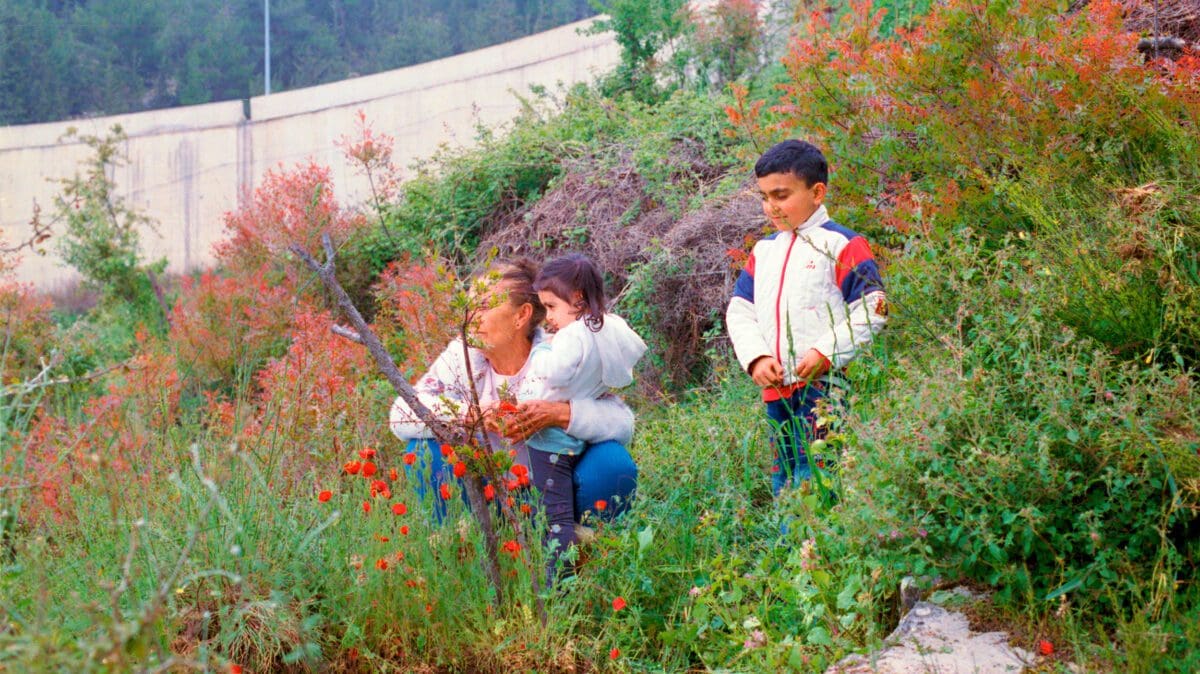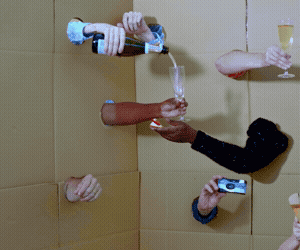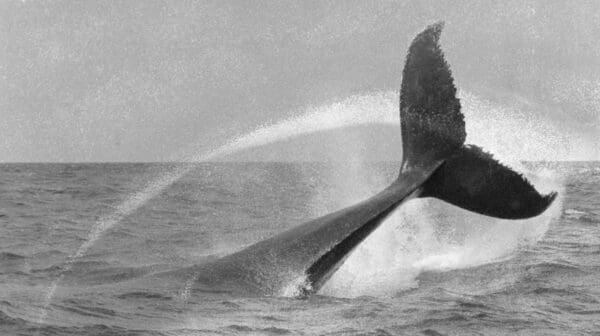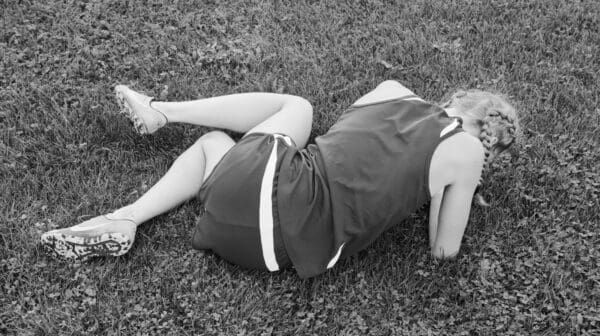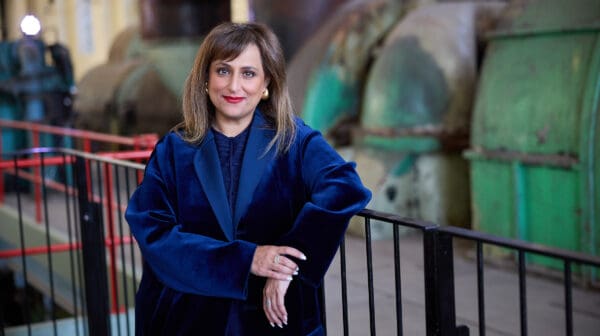The sense of smell is central to Justine Youssef’s practice. Through scent, the Sydney-based artist brings questions of displacement, ownership, possession, and culture to the fore in ways that are both subtle and inescapable. “I’m interested in the ways that an immaterial thing like scent can make visible the otherwise unseen,” she says.
Youssef’s work teases out the sociopolitical complexities of areas that she has experienced within her life. The artist grew up in Western Sydney as part of what she calls an “insular” Lebanese community, immersed in cultural practices and traditions. She realised as she got older that the land held many histories and contradictions, and that the displaced migrant narrative contains hidden layers of complicity.

“We pay our taxes to this government, and those taxes fund war crimes in Lebanon where our family is from,” she says. “It’s a very loaded thing for me to observe that displaced people are often resettled on land with really complex, heavy histories of genocide.
“In her late teens, Youssef didn’t finish high school due to insecure housing, and instead enrolled in a fine art course at Meadowbank TAFE, before studying at university—a significant achievement for Youssef and her family, as neither of her parents had graduated from high school.”
“I have a lot of family who are so grateful and indebted to Australia for liberating us from what we experienced overseas—they couldn’t access fresh water, electricity, education or healthcare. But I’m curious about what or who our gratitude is contingent upon… We’re displaced here but we’re further displacing our family [overseas], and displacing First Nations people. It’s a really nasty cycle.”
The impact of social-political structures has been embedded in Youssef’s practice from the beginning. In her late teens, Youssef didn’t finish high school due to insecure housing, and instead enrolled in a fine art course at Meadowbank TAFE, before studying at university—a significant achievement for Youssef and her family, as neither of her parents had graduated from high school. During this time Youssef couldn’t avoid noticing “how intimate moments connect to larger systems”.

These thorny cycles and relationships between the personal, political and systemic are explored through Youssef’s work with hydrosol, a floral water made from distilling plant matter. It is a cultural practice that is specific to her family’s village in Lebanon, inherited matrilineally.
The artist’s fascination with this process grew when she learned that the roses her mother was distilling in Australia were introduced by the British in the 1840s to subjugate native plant life. “I was so curious about her access to colonial roses in this ancestral practice of making rosewater, and the glitches and warps of displacement,” explains Youssef.
An Other’s wurud, a performance work that began in 2017, saw Youssef distill rosewater for a live audience using the colonial David Austin and Burnet species.
“Superstition is, Youssef says, another way of understanding the world, but one that is often devalued by Western systems of knowledge.”
“It became an interesting thing to observe the way that the scent would diffuse and occupy the gallery space and our lungs with each breath—it became this visceral experience,” she says. “Those complex connections that come up allow us to understand or see the ways that these insidious structures play out.”
Youssef has also worked extensively with video, including the John Fries Award-winning Under the table I learnt how to feed you, 2019, which placed imagery of the women in Youssef’s family dancing and disrupting physical space against footage of family making bread in a bakery as undocumented laborers. These works are specific to community and place, capturing the multitudes of Western Sydney.
Her latest show at UTS Gallery marries the two mediums—video and scent—and lines of inquiry. The artist went on a research trip to Lebanon earlier this year, where she had the opportunity to learn more about traditional distilling techniques (she admits her family’s technique is “very DIY”).

The exhibition comprises a scent pond made from the Damask rose, Lebanese cedar and blessed milk thistle—all plants with their own knotty histories. This is installed in relation to small screens showing footage of Youssef’s aunt performing a ritual of removing the evil eye (the gaze believed to bring bad luck) via WhatsApp, using lead and parsley. The two rituals, then, are in conversation with one another.
Through both sight and sound, the viewer experiences these cultural practices and their transmutation through time. Superstition is, Youssef says, another way of understanding the world, but one that is often devalued by Western systems of knowledge.
“Superstition, spells and prayer are no more or less material or tangible than contracts and deeds to land and mortgages—they’re all just weaving stories,” she says. “It’s interesting to see the relationships between empirical and superstitious worlds.”
More than a mirror to colonial paradigms, the artist hopes to use her practice to preserve disappearing traditions as instability mounts in the Lebanon region, and as a speculative tool to envision different futures.
“It’s about sharing stories and practices that really matter in the end,” she says. “I’m interested in world building, and ways that we can create alternative ways forward. For me, working with scent is a way to imagine beyond colonial paradigms.”
Somewhat Eternal
Justine Youssef
UTS Gallery & Art Collection
(Sydney NSW)
3 October—24 November
This article was originally published in the September/October 2023 print edition of Art Guide Australia.


